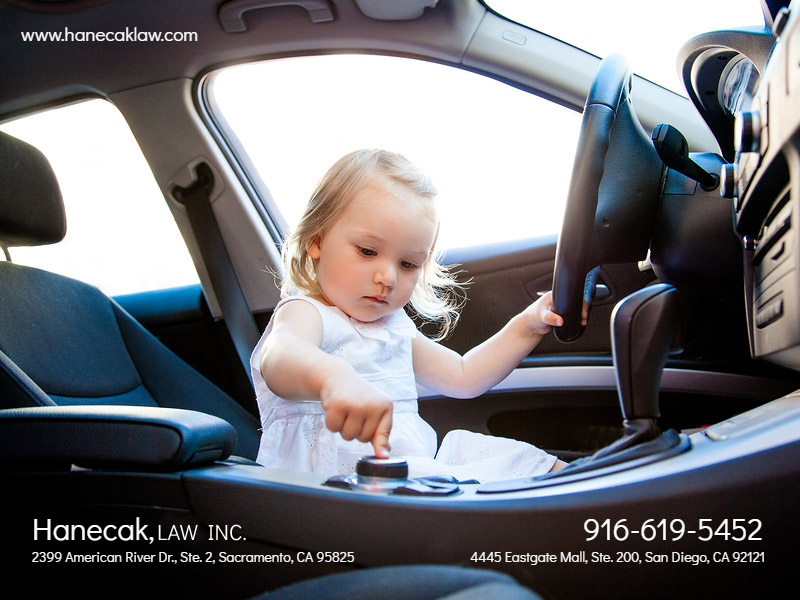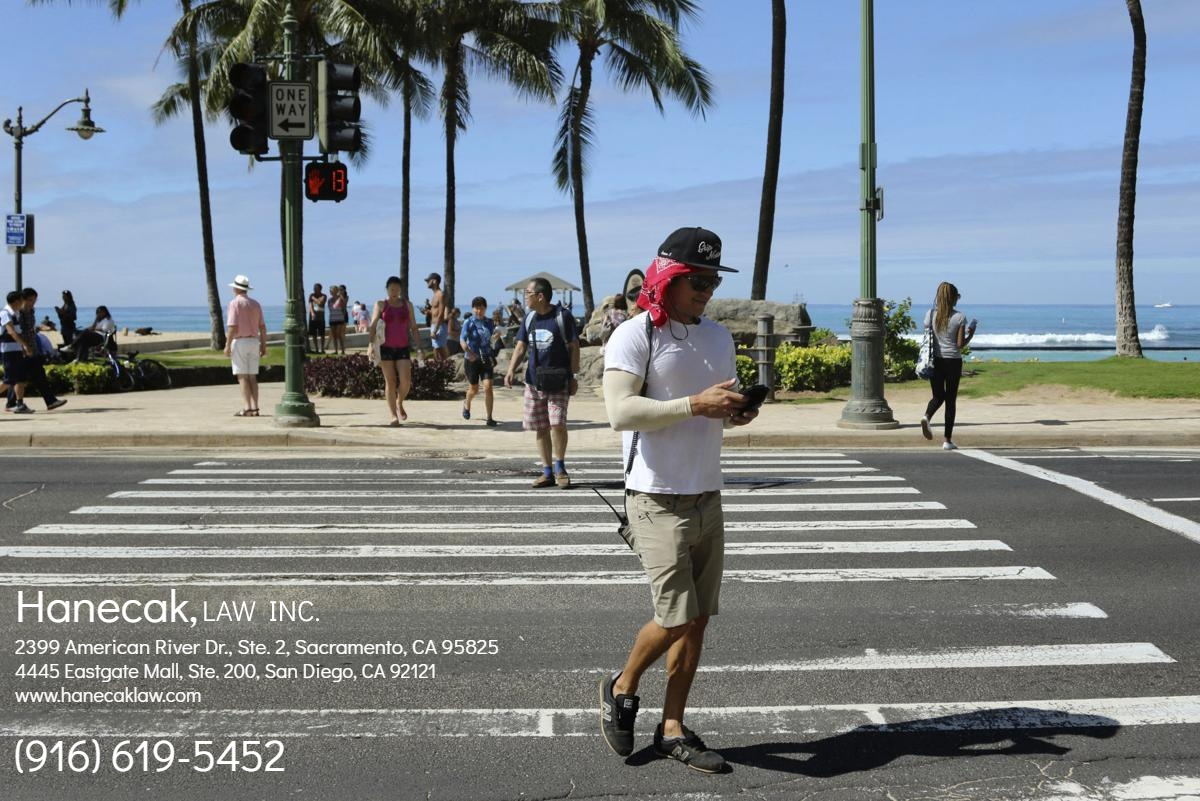An area of traffic safety that is deserving of consensus and further research is child passenger safety. Currently, there are two problems that persist in this area: public education and loopholes in the existing law. In an effort to help educate those nationwide and in search of consensus, AAA developed guidelines for child passenger safety. As discussed below, comparing their suggested guidelines to the current laws of California show that there are still gaps that exist. (Please note that California law supersedes AAA’s guidelines and this comparison is only for informational purposes).
Comparison of AAA child passenger guidelines and California state law:
Stage One: Rear-Facing Child Safety Seat
AAA: AAA suggests that children up to the age of one and who weigh up to 20 pounds, should always be properly restrained in a rear-facing, federally approved, safety seat. The rear-facing position helps to support the child’s head, neck and back, and reduce stress to the neck and spinal cord in the event of a crash. While the age of the child is the most important factor here because of developmental issues, the child should reach both the age and weight requirements before it is moved to a forward-facing seat.
California: California takes parts of AAA’s Stages 1-3 to form their restraint laws. Children under 2 years of age must be secured in a rear-facing child passenger system unless the child is 40 pounds or more or 3 feet 4 inches or taller. A child may not ride in the front seat of a car that is airbag equipped with a rear-facing restraint system. (California Vehicle Code Section 27360).
Stage 2: Forward-Facing Child Safety Seat
AAA: AAA suggests that children older than one and weigh more than 20 pounds, should be properly restrained in a forward-facing, federally approved, safety seat. The child should remain in this type of seat until they reach 40 pounds (which is typically around the age of four). Forward-facing seats have an internal harness system that keeps the child properly restrained and snug straps that limit the forward motion of the child. In the event of a crash, the forward-facing position provides for even distribution of forces over a child’s body.
California: As you can see from above, California is more restrictive than AAA’s guidelines for forward-facing restraint systems and requires children stay in rear-facing systems until one of the above listed requirements are met.
Stage 3: Booster Seats
For children that are between the ages of four and eight, weigh over 40 pounds, and are under 4 feet 9 inches, the best suggested practice is to restrain children in booster seats. Studies have shown that adult seat belts may fit poorly and can actually injure children more. Booster seats help to alleviate this problem and ensure proper placement of the seat belt. However, for children over 50 pounds, there aren’t specific federal motor vehicle safety standards. Because of this, manufacturers don’t have a set of guidelines which they can test their products against. The usage of booster seats is currently being studied by the federal government.
California: In California, children under 8 must be properly secured in a federally-approved car seat or booster seat in the backseat of the car. If the child is 8 or has reached 4 feet 9 inches in height, then they may be secured by a booster seat, but at a minimum must be secured by a safety belt (California Vehicle Code Section 27363).
Stage 4: Lap and Shoulder Belt
AAA: Children who are under 13 years of age should be restrained in the backseat. According to studies, a child’s risk of being killed decreases by one-third when restrained in the backseat of an automobile. Teenagers should have both lap and shoulder belts no matter where they sit in the car.
California: Passengers who are 16 years of age or older are subject to California’s Mandatory Seat Belt law.
Each time the child “graduates” from rear-, to forward-, to booster seats, there is a reduction in the level of safety. The California Highway Patrol recommends keeping your child in each stage as long as possible because safety belts are designed for 165-pound adult males.






